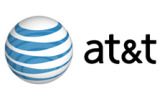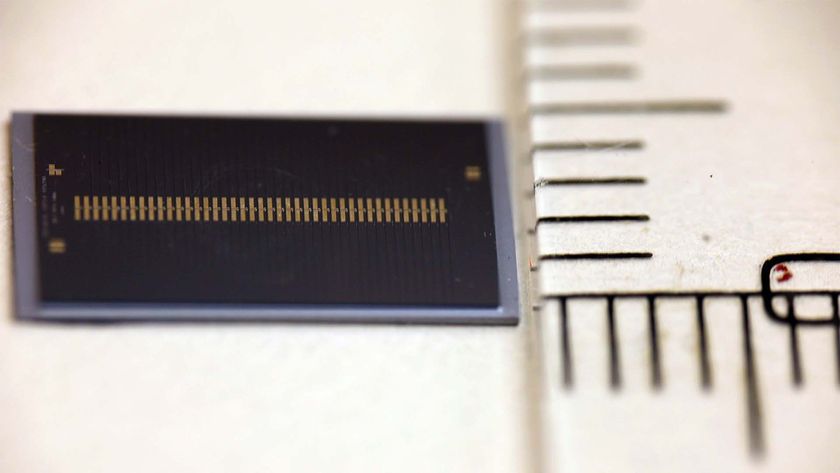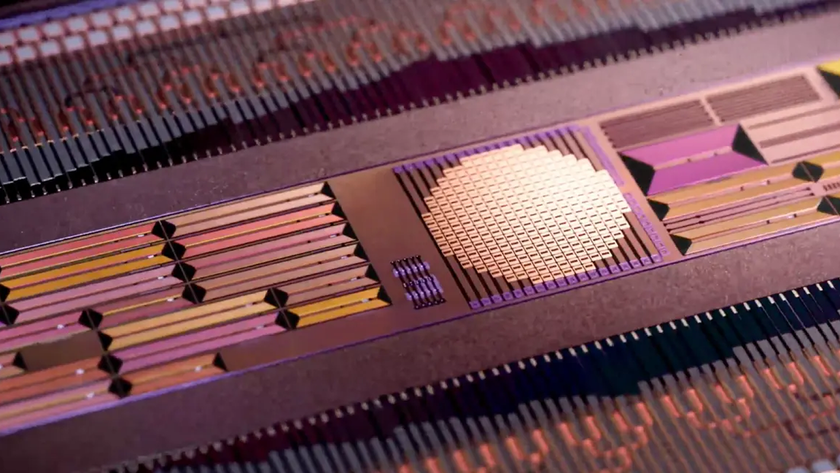New AT&T Wireless Data Plan: Deal or Raw Deal?

AT&T is scrapping unlimited data plans for new wireless customers starting Monday, a move that the company says will actually save money for 98 percent of its data-hungry smartphone customers.
But a lot of consumers think they are getting a raw deal by having to monitor their data usage to avoid paying extra when exceeding the data caps.
Analysts are split on who really benefits from AT&T's new two-tiered plans, which works as follows: For the $15 per month plan, dubbed DataPlus, consumers get 200 megabytes (MB) of data, or roughly enough for a thousand emails, the viewing of 400 Web pages and 20 minutes of streaming video. For the $25 per month DataPro plan, an AT&T client buys 2 gigabytes (GB) worth of the Internet, or 10,000 emails, 4,000 Web page views and 200 minutes of streaming video.
Those who exceed their essentially prepaid data amounts will pay $15 for a second dose of 200 MB on DataPlus and $10 for an additional GB on DataPro. Those customers who have existing unlimited plans for $30 per month can keep them.
The new data plans will especially impact Apple aficionados, as AT&T is the exclusive wireless provider for both the iPhone and the iPad. AT&T is the nation's top wireless provider at about 27 percent of market share, a hair more than Verizon's 26 percent.
"I think the current unlimited plans are unsustainable," said Phil Redman, telecommunications research vice president at Gartner.
Michael Morgan, a mobile devices analyst at ABI Research, agreed. There is only so much wireless spectrum to go around, Morgan said, and if enough people had (and took advantage of) unlimited access, they would make all mobile users suffer slow speeds and download hiccups.
Sign up for the Live Science daily newsletter now
Get the world’s most fascinating discoveries delivered straight to your inbox.
Save now, pay later?
So AT&T's decision on the new limited plans saves consumers from themselves, to an extent, as well as the company's network from being overburdened. "As 98 percent of handheld users use less than 2 GB per month, there's not a lot of reason to sell more than that," Redman said. "And if you can also lower the cost for 98 percent of users, that's a win-win."
However, Redman noted that as data demand grows over the next few years – eased by the 10-times-quicker access speeds of the imminent 4G, or fourth-generation cellular network – the 2 GB ceiling will likely have to be raised. Instead of just streaming music as people often do nowadays on their smartphones, 4G will let them stream the ultimate data hog: video. "Instead of choppy movies, it's 'boom,' the movie's there on 4G and in decent resolution and good color," Morgan said.
New iPhone to gobble up data
The next generation iPhone that comes out this month will also put that 2 GB to the test. Its new OS 4 allows multitasking. Owners will now be able to stream music while doing all the other smartphone things they like to do, such as email and messing around with a multitude of apps.
Ahead of this long- and near-term data deluge, AT&T is hoping to shape consumer behavior with the new limited plans, said Morgan. "[AT&T has] to do something to make consumers a little conscious of what they're doing."
Notably, the monthly allowance only counts for data streamed over AT&T's cellular network. Data pulled off the Web from Wi-Fi networks found in buildings, homes and public hot-spots – of which AT&T has 20,000 nationally – does not eat into the 200 MB or 2 GB caps.
In this way, AT&T can encourage people to manually connect their mobiles to broadband networks in homes and offices, easing the traffic load on AT&T's cellular network. "AT&T does not make a lot of money when you stream video over their network," Morgan said.
Redman said between 20 and 30 percent of Internet traffic flows over Wi-Fi now.
Capping consumers where it hurts?
The problem here, as Morgan sees it, is that much of the data demand for mobile devices comes when people are on the go, naturally. "If I'm out of the house and not by my Wi-Fi, I'm likely traveling, and that’s when I do most of my music streaming and heavy data snacking," Morgan said.
Morgan ran his monthly data figures on AT&T's online Data Calculator, which was just unveiled to help customers figure out which of the two plans to go with. "I'm on the edge," Morgan said, meaning he is almost past 2 GB.
Morgan sees the structuring of the new data plans as somewhat of a clever retention ploy by AT&T for its unlimited data users. "I don’t want to lose that unlimited data plan," Morgan said. "I'm still on my contract and by the time that’s over AT&T probably figures that Verizon will have adopted usage caps, and I don’t want to go to Sprint because they have poor coverage in my area."
As a result, "I am now married to AT&T's unlimited data plan," Morgan said.
Morgan thinks that many smartphone users, particularly iPhone owners, will end up paying more for their data plans as they go over the 2 GB mark, given new multitasking and natural trends toward more data consumption.
Verizon, for its part, has the benefit of seeing how customers respond to AT&T's rationed plans in the coming months before it might decide to close down its own costlier all-you-can-eat data buffet.












